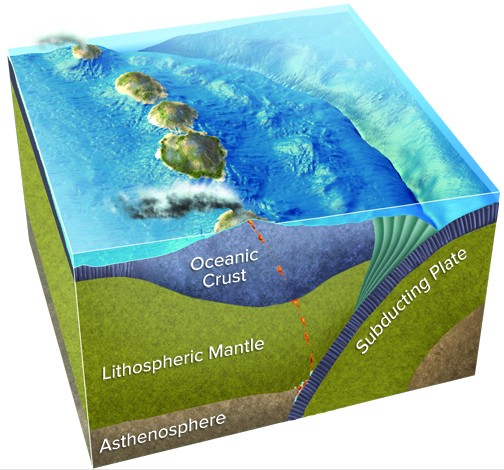Describe the typical air masses that affect North America. Give their source regions, physical characteristics and properties, and typical directions of motion
What will be an ideal response?
Continental polar: cP, cold dry and stable. Source region—high latitude North America over continents.
Maritime polar: mP, cool, moist, unstable conditions. form over norther oceans.
Maritime tropical: mT, form over tropical waters in the Gulf/Atlantic and the Pacific. Both warm and humid, but stability differs between source regions—more unstable in Atlantic.
Continental tropical: cT, hot, low relative humidity, stable, occurs in summer over Central America and southern U.S.
You might also like to view...
The two subclasses of bony fish are ____ and ____
a. ray-finned; spiral-finned b. ray finned; lobate-finned c. ray-finned; lobe-finned d. lobate-finned; radial-finned e. spiral-finned; radial-finned
What is a measure of how cool skin can become (i.e., the lowest temperature that can be reached by evaporating water into the air)?
A) dew point temperature B) wet-bulb temperature C) dry-bulb temperature D) heat index
The most accessible land is generally the least expensive
Indicate whether the statement is true or false
Most subduction-derived magma never reaches the surface. However, what is formed if this type of magma reaches oceanic crust?
A. belts of calderas B. mountain ranges C. island arcs